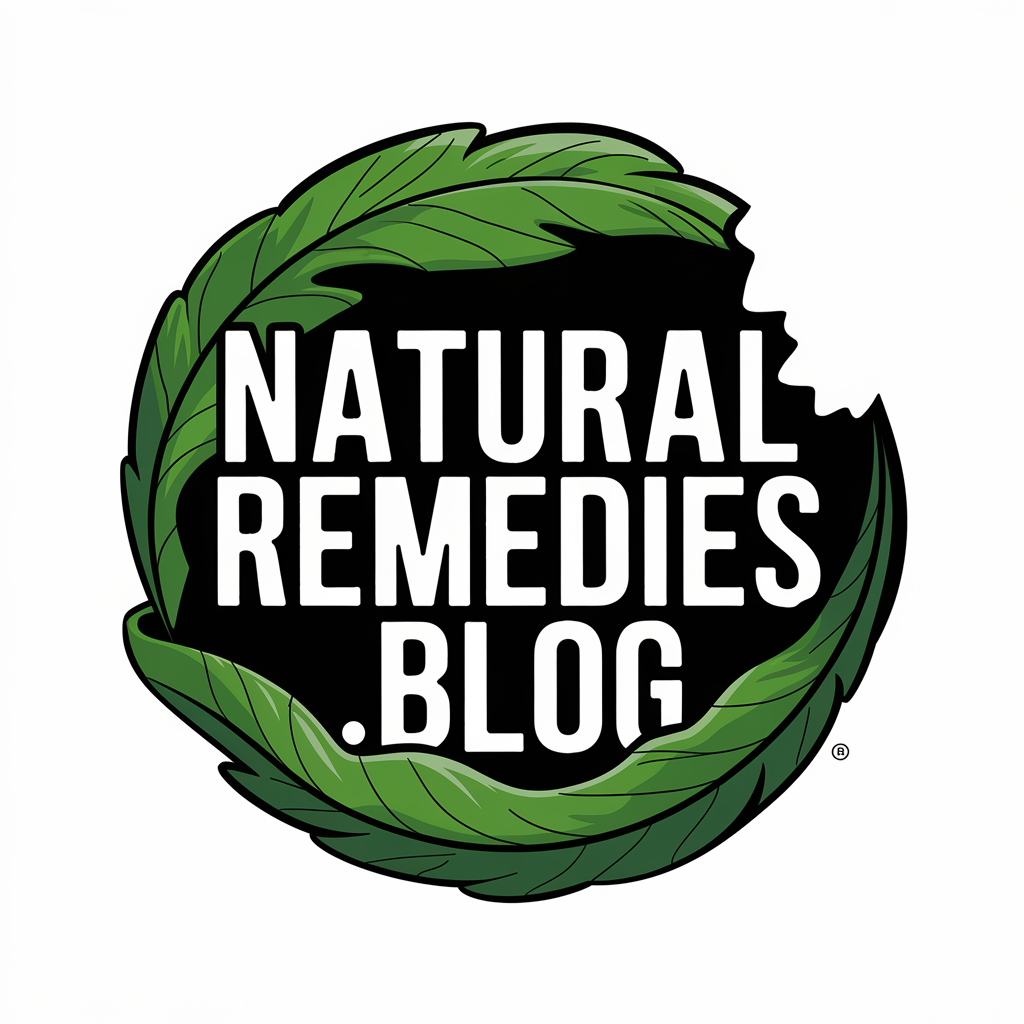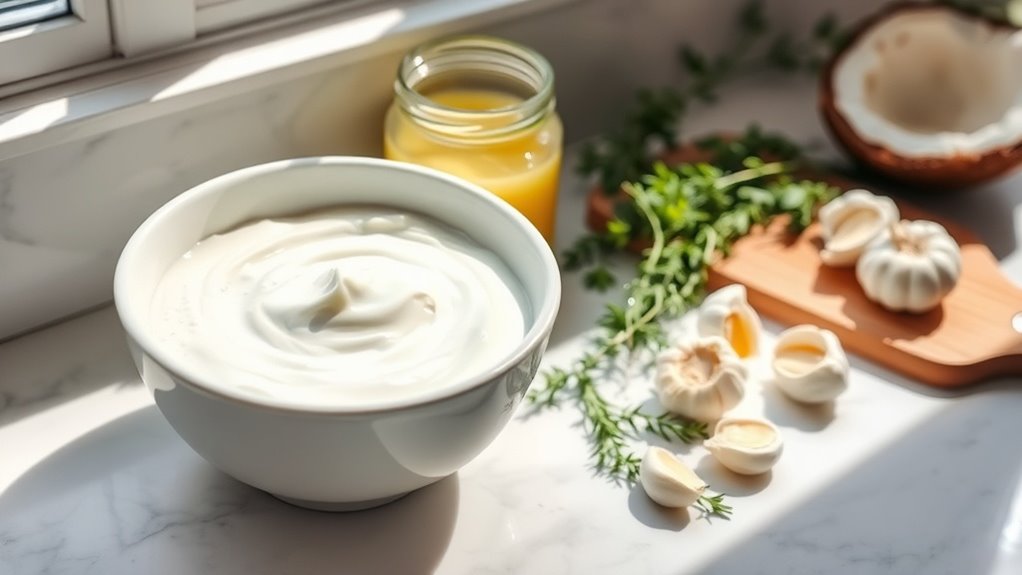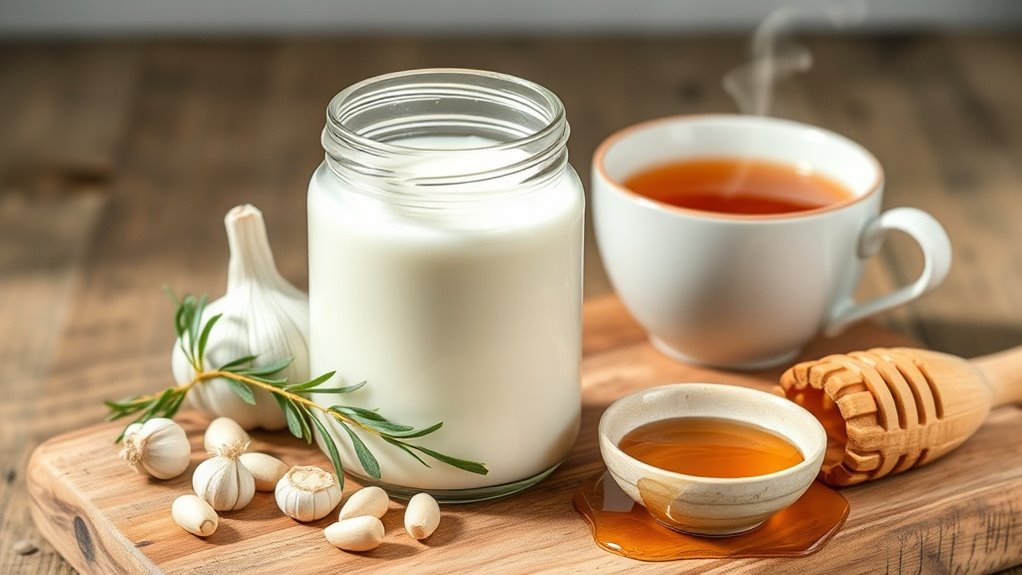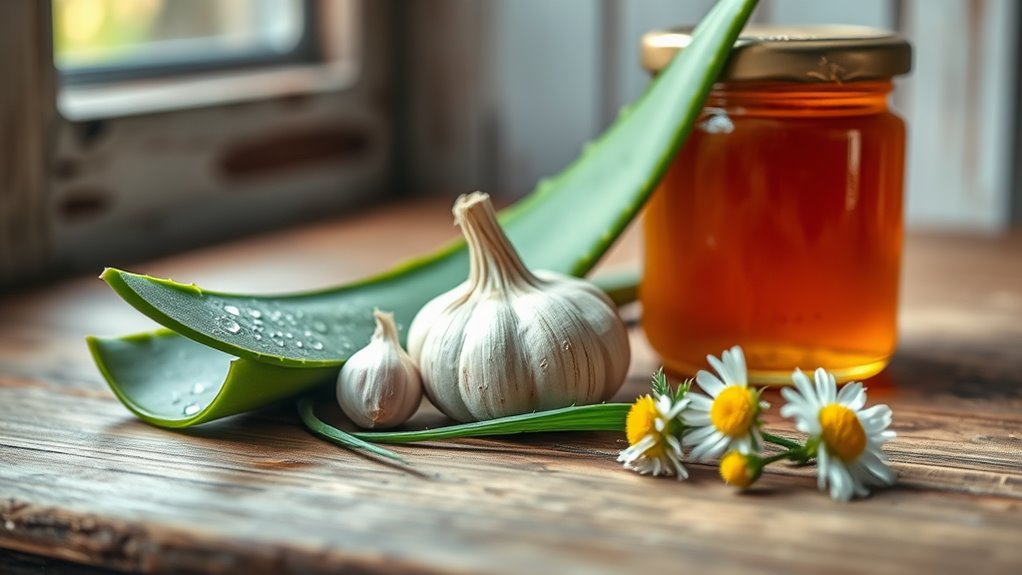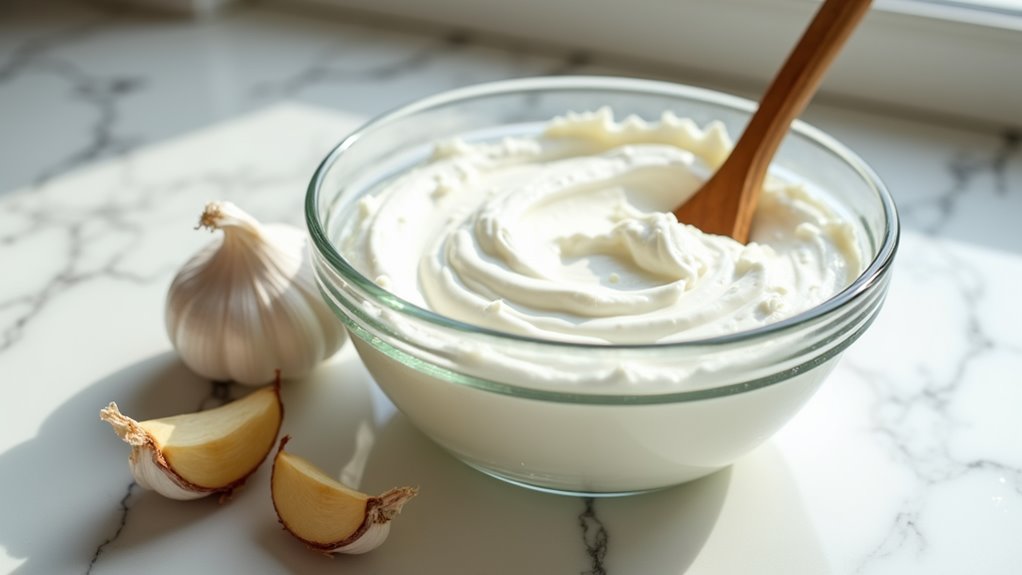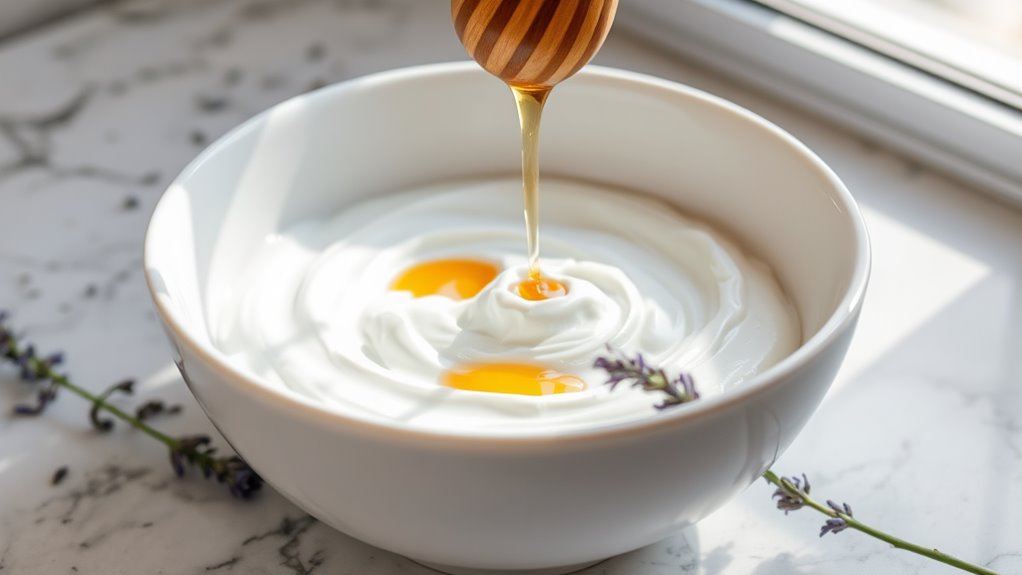Yeast Infection Remedies Fast and Natural
If you’re experiencing the telltale signs of a yeast infection, you’re not alone – millions of women face this common condition each year. While over-the-counter medications work effectively, natural remedies can provide quick relief without harsh chemicals. From probiotic-rich solutions to essential oils and dietary modifications, you’ll discover scientifically-supported options that can ease your discomfort and help prevent future occurrences. Let’s explore these proven natural approaches to restore your vaginal health.
Understanding Common Yeast Infection Symptoms
While yeast infections can affect various parts of the body, vaginal yeast infections present with several distinct symptoms that you’ll want to recognize early.
You’ll likely experience intense itching and irritation around your vaginal area, accompanied by burning sensations, particularly during urination or intercourse.
A thick, white, odorless discharge with a cottage cheese-like consistency is another telltale sign.
Redness and swelling of the vulva may also occur.
Identifying these symptoms quickly is essential for seeking yeast infection remedies fast, as prompt treatment can provide relief and prevent complications. Many vaginal yeast infections are caused by excessive growth of Candida, which makes understanding these signs crucial for effective management.
Essential Home Treatments That Work
When treating a yeast infection at home, several proven remedies can provide relief while supporting your body’s natural healing process. You’ll find these evidence-based solutions both accessible and effective.
| Treatment | Application |
|---|---|
| Greek Yogurt | Apply directly or consume daily |
| Tea Tree Oil | Dilute with carrier oil, apply topically |
| Apple Cider Vinegar | Add to bath or dilute for washing |
| Coconut Oil | Apply directly to affected area |
| Garlic | Consume raw or in supplement form |
These natural treatments work by restoring pH balance and creating an environment where yeast can’t thrive. Always guarantee proper hygiene and consider consulting your healthcare provider if symptoms persist. Additionally, incorporating raw apple cider vinegar into your daily routine supports gut flora and overall health.
Dietary Changes to Speed Up Recovery
Making strategic dietary adjustments can enhance your recovery from a yeast infection alongside topical treatments.
Cut back on refined sugars, which feed Candida organisms, and eliminate alcohol temporarily. Focus on consuming probiotic-rich foods like yogurt, kefir, and fermented vegetables to restore beneficial gut flora.
Adding antifungal foods to your daily meals, including garlic, coconut oil, and apple cider vinegar, can be particularly beneficial due to their antimycotic properties. You’ll want to increase your fiber intake through vegetables and whole grains while staying well-hydrated.
Avoid processed carbohydrates and yeast-containing foods until your symptoms resolve.
Proven Natural Antifungal Solutions
Several natural antifungal treatments have demonstrated clinical efficacy against Candida infections.
Tea tree oil contains powerful compounds that disrupt fungal cell membranes, while coconut oil’s caprylic acid effectively combats yeast overgrowth.
You’ll find oregano oil’s carvacrol component provides potent antifungal effects.
Apply tea tree oil topically in a 5% dilution with carrier oil, or use coconut oil directly on affected areas.
For oregano oil, you can take it orally in capsule form or dilute it for topical use.
Garlic’s allicin compound also offers significant antifungal properties when consumed raw or in supplement form. Additionally, these natural remedies can be particularly effective for individuals with higher blood sugar levels, which are a known risk factor for yeast infections.
Prevention Tips and Lifestyle Adjustments
To minimize your risk of recurring yeast infections, maintaining proper hygiene and adopting specific lifestyle changes can greatly reduce Candida overgrowth. You’ll need to focus on both daily habits and preventive measures.
| Prevention Action | Expected Benefit |
|---|---|
| Wear breathable cotton underwear | Reduces moisture buildup |
| Avoid prolonged wet swimwear | Prevents fungal growth |
| Limit sugar consumption | Decreases yeast food source |
| Practice proper wiping technique | Minimizes bacterial spread |
Remember to change out of damp clothes promptly and avoid tight-fitting synthetic garments. Choose unscented feminine products and avoid douching, which disrupts your vaginal pH balance. If you’re diabetic, maintaining stable blood sugar levels is vital.
When to Seek Medical Attention
While many yeast infections can be treated with over-the-counter medications, certain symptoms signal the need for immediate medical evaluation.
You should consult your healthcare provider if you’re experiencing severe burning, itching, or irritation that persists after treatment, unusual discharge with strong odor, or recurring infections (four or more annually).
Additionally, seek medical attention if you’re pregnant, have uncontrolled diabetes, or a weakened immune system.
If you’re unsure whether your symptoms indicate a yeast infection or another condition like bacterial vaginosis or STIs, it’s essential to get properly diagnosed.
First-time yeast infection sufferers should also obtain professional confirmation before self-treating.
Research-Backed Alternative Therapies
Research has consistently shown that certain natural remedies can effectively complement or replace conventional treatments for mild yeast infections.
Tea tree oil contains proven antifungal properties when diluted and applied topically. Studies support using probiotic supplements containing Lactobacillus species to restore vaginal flora balance.
Greek yogurt, applied externally or consumed, delivers beneficial bacteria. Clinical trials demonstrate coconut oil’s effectiveness against Candida albicans due to its lauric acid content.
Boric acid suppositories show success rates comparable to conventional treatments for recurrent infections. Garlic extract’s allicin compound exhibits potent antifungal activity in controlled studies, though it’s most effective when taken orally in supplement form.
